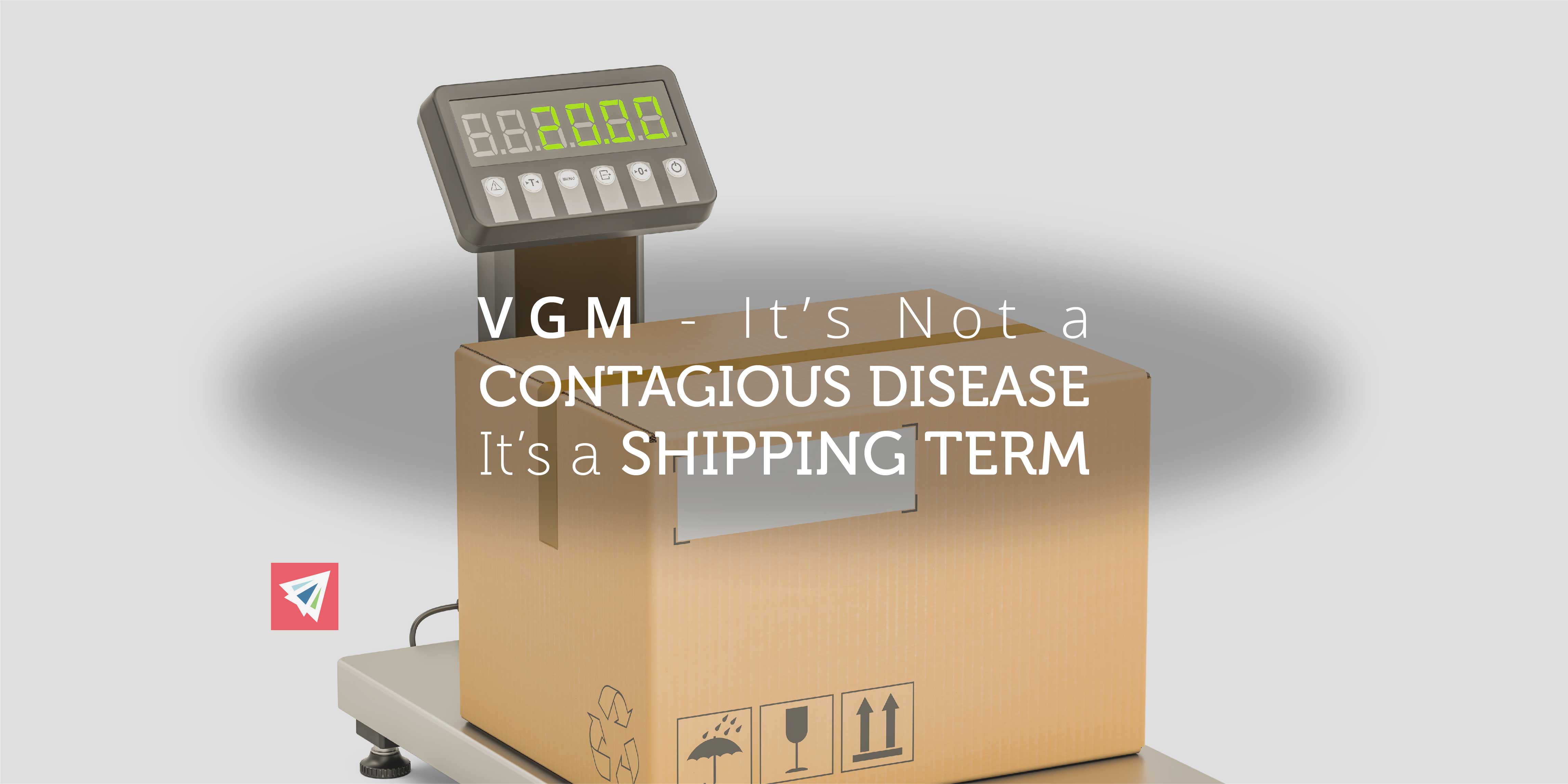Since July 2016, all shippers are required to record the VGM, or Verified Gross Mass of their shipments and report them on all necessary shipping documents. With the SOLAS (Safety of Life at Sea) amendment which covers container weight restrictions, containers may not be shipped without the Verified Gross Mass having been reported to SOLAS.
The law was amended by the IMO (International Maritime Organization), and its goal is to increase international shipping safety to the cargo and all personnel involved in the shipping process. As of July 2016, no containers may go aboard an international waterborne shipping vessel without the VGM reported on documentation.
What Is VGM or Verified Gross Mass?
Verified Gross Mass is the combined weight of all units comprising a shipment. This involves not only the cargo itself, but all blocking and bracing, dunnage, packing materials, pallets, and the container itself. Thus, the Verified Gross Mass number represents the weight of a shipment in its entirety. There are two fundamental ways a shipper may verify the gross mass of a container:
Method 1 – Weighing the Loaded Container
Shippers can verify the gross mass of a container by weighing the container after all contents are inside. This is the most convenient method of finding the VGM, since the container is weighed after all components are inside. The cargo is then ready to be loaded onto a vessel and shipped.
Method 2 – Weighing Individual Contents
The second option to find the VGM of a shipment involves weighing all components being shipping. This includes the cargo, blocking and bracing, packaging, and the container itself – separately. Using this method, the shipper is able to figure out the Verified Gross Mass before the container is loaded and put on a truck.
Importance to the Shipper
The shipper is the entity responsible for reporting the Verified Gross Mass, or VGM, on all necessary documents. According to the new law, the “Shipper” is defined as the one named on the Bill Of Lading as the Shipper, as well as the person who has conducted a contract of carriage with a freight forwarder. In this instance, regardless of who has delegated authority of the shipment, the shipper themselves is responsible for reporting the Verified Gross Mass of a shipment. Here is the importance of VGM as it relates to the shipper:
- VGM must be reported on shipping instructions via an SSL’s website or EDI (Electronic Data Exchange.)
- The shipper must establish a process for weighing containers. Between themselves, forwarders, SSLs, and truckers, a process must be integrated for the time at which a container will be weighed.
- The shipper should recognize the costs associated with finding the VGM of a shipment.
- Recognize the legal penalties and fines associated with misreporting or not reporting the VGM in time.
Importance to the Vendor
Before a container is included in the final stowage plan, a terminal operator must verify the VGM has been reported. This would have been done via EDI or a shipping instructions document. Without this number, under no circumstances may a container be loaded onto a vessel.
Legal fines/penalties may be hefty if a container is loaded onto a vessel without a Verified Gross Mass reported. Before a ship sales, the SSL will verify that all containers aboard have a VGM. Shippers and vendors should work together in establishing a clear process as to how the VGM will be obtained and reported to the terminal operator.
Conclusion
All shippers must be aware that obtaining the VGM of a shipment is entirely their responsibility. Without it, their containers will not be loaded onto a vessel and they may face serious legal penalties. It is in the best interest of the shipper to decide which of the two presented methods above are a better, more efficient, and more cost-effective way of obtaining the VGM of a shipment, as well as establishing a process for how VGM will be reported. The VGM must be reported to the terminal operator via EDI (Electronic Data Exchange) or manually on the shipping instructions.
If you would like to understand proper practices for reporting VGM, call our team at Interlog USA and we would be happy to help!
